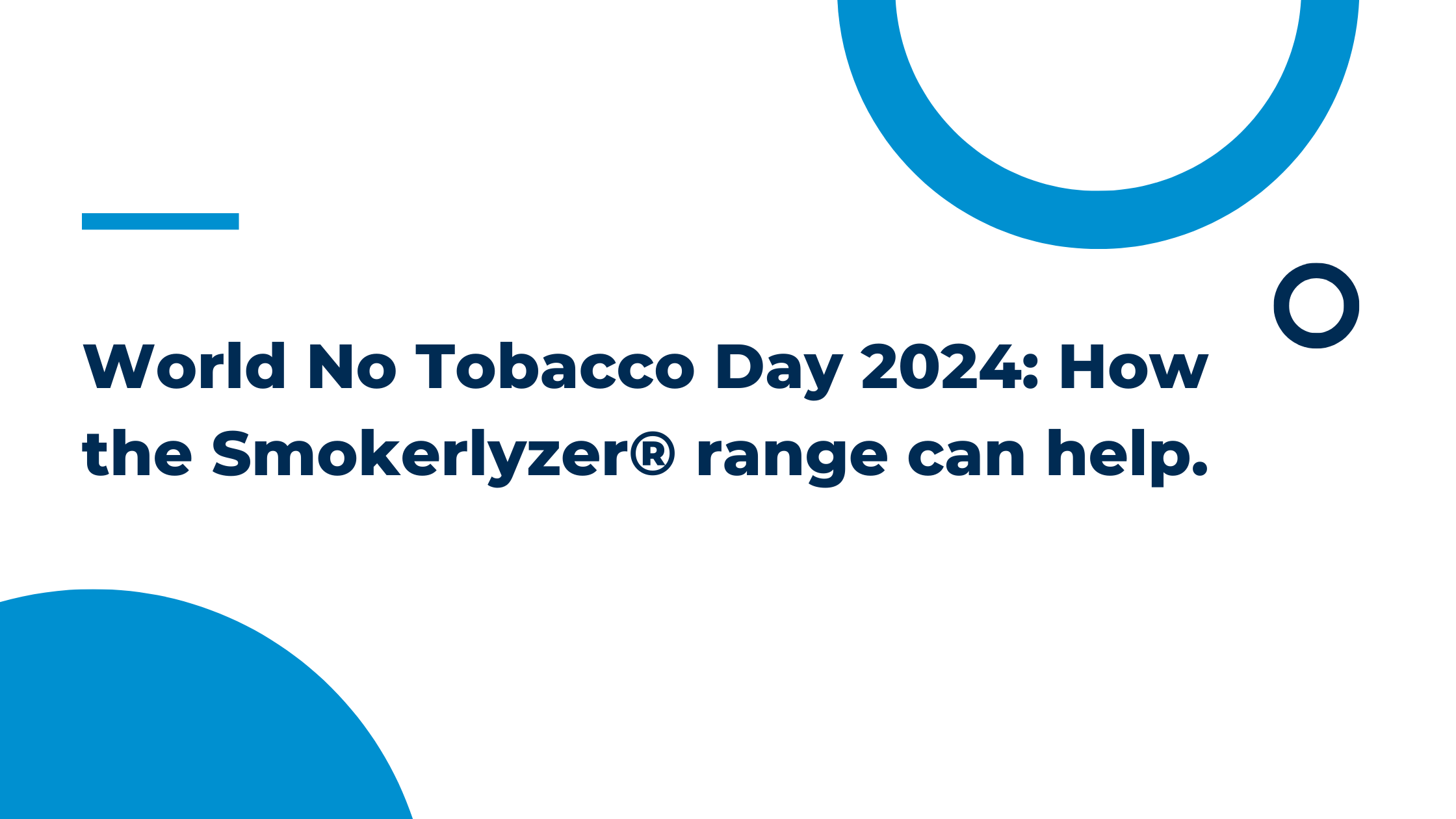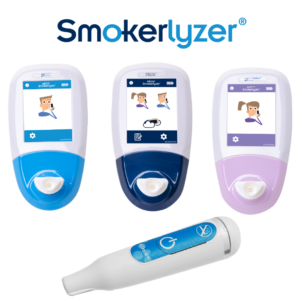
World No Tobacco Day was created in 1987 by the World Health Organization (WHO) to draw worldwide attention to the global tobacco epidemic and the preventable death and disease it causes. Occurring annually, the day is marked by a different theme that aims to highlight a specific aspect of tobacco control.
What effect does tobacco use have on the world?
Killing over 8 million people a year, the tobacco epidemic is one of the biggest public health threats the world has ever faced. This includes an estimated 1.3 million non-smokers who are exposed to second-hand smoke1. Smoking has a profound impact on people’s health, affecting nearly every organ of the body and leading to a variety of diseases.
Tobacco use has a significant impact on healthcare costs and resources; some examples are:
- Increased Healthcare Costs: Tobacco use is one of the leading causes of preventable diseases, including cardiovascular diseases, lung disorders, and various forms of cancer. Treating these conditions incurs substantial costs to healthcare systems.
- Resource Allocation: The high prevalence of tobacco-related health issues demands significant healthcare resources, including hospital beds, medications, and medica personnel. This allocation of resources can strain healthcare systems, especially in regions with limited medical infrastructure.
- Impact on non-smokers: Tobacco use also impacts non-smokers through exposure to second-hand smoke, leading to health conditions like respiratory infections, heart disease, and lung cancer. This increases the number of patients seeking medical help for tobacco-related conditions who themselves do not use tobacco.
How can the Smokerlyzer® range can help?
Bedfont® Scientific Limited manufactures the Smokerlyzer® range of carbon monoxide (CO) devices, used to aid in smoking cessation. The Smokerlyzer® range comprises of the Micro+™, piCObaby™, piCO™, and remote monitoring device iCOquit®, to help people stop smoking, one breath at a time.
The Bedfont® Smokerlyzer® range of CO devices works by measuring CO levels in a person’s exhaled breath, which can be used to determine a person’s smoking status. For smokers trying to quit, this quick, easy and non-invasive method of CO monitoring can offer instant insights on their quit progress and the colourful traffic-light system has proven to be an effective motivational tool to encourage them to quit.
Smokers can also monitor their progress remotely at home using the iCOquit®. This small, portable Bluetooth® CO device, when used alongside the free iCOquit® app, can provide instant results that can be shared remotely with smoking cessation advisors. Thanks to this innovative technology, stop- smoking services are even more accessible than before, helping the world work towards a smoke- free future.


Micro+™: One CO device for all your smoking cessation needs.
piCObaby™: CO monitoring for maternity made easy.
piCO™: CO monitoring made easy.
iCOquit®: Your personal CO device, to help you quit smoking, one breath at
a time.
Using a CO device to assist with quitting strongly supports the improvement of end results. A study by Beard and West (2012), on the effectiveness of personal carbon monoxide monitoring, found that out of 10 smokers, “7 of the smokers reported that they felt as though the monitors had reduced their cigarette consumption… 6 smokers reported a lower nicotine dependency relative to baseline. Over the 6 weeks there appeared to be a significant decline in the number of cigarettes smoked per day2”.
With more people than ever before having access to no smoking services, the Smokerlyzer® can help people quit, significantly reducing the financial and resource burden on healthcare systems caused by smoking-related diseases. Furthermore, with a lower prevalence of smoking, there will be a reduction in exposure to second-hand smoke; ultimately, this will contribute to solidifying a smoke- free future.
It’s clear that the fight against tobacco use is not just about discouraging a harmful habit but about safeguarding the future of public health globally. Let’s use this day to commit to reducing tobacco consumption in all forms, empower individuals to lead healthier lives and continue the momentum towards a world where tobacco no longer overshadows health and well-being.
If you are thinking about quitting smoking or struggling with your attempt, please visit the NHS quit
smoking page by clicking here.
To find out more about how the Smokerlyzer® range can help aid in smoking cessation, please click
here.
1. World Health Organization. [cited on 2/5/24] Available from https://www.who.int/news-room/fact-sheets/detail/tobacco
2. Pilot Study of the Use of Personal Carbon Monoxide Monitoring to Achieve Radical Smoking Reduction. Journal of Smoking Cessation. Emma Beard and Robert West (2012). [cited on 31/5/24] Available from https://web.archive.org/web/20180721211143id_/https://www.cambridge.org/core/services/aop-cambridge-core/content/view/0BAC2289E42E9C31C892D54BF7980237/S1834261212000011a.pdf/div-class-title-pilot-study-of-the-use-of-personal-carbon-monoxide-monitoring-to-achieve-radical-smoking-reduction-div.pdf
